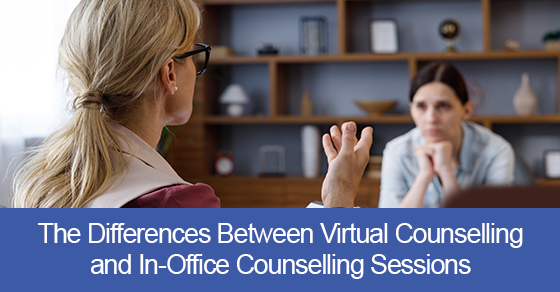Jun
The Differences Between Virtual Counselling and In-Office Counselling Sessions
Posted By Sue Sonshine
One’s mental health is an essential factor in leading a productive life. In person therapy is the most conventional way to receive mental health care from a counsellor. Virtual counselling has developed in response to people’s busy schedules and the need for increased access to professional services. Virtual counselling has become increasingly popular for individuals seeking help for their mental health and well being needs. Virtual counselling has been an alternative to in-person therapy sessions for many years. Since COVID-19 more therapists have provided web-based therapy sessions. Online therapy is a more flexible and convenient option for many people.

Jan
What Is Hair Pulling Disorder (Trichotillomania) and How Can I Recover From It?
Posted By Sue Sonshine

Research indicates that hair pulling disorder (a.k.a. trichotillomania) occurs in approximately 3 to 6 % of the population. Hair pulling disorder is a behaviour which falls under the category of a body-focused repetitive behaviour (BFRB) which is a repetitive self grooming behaviour that results in damage to the scalp or other areas of the body. It also causes distress and has usually been met with many attempts to stop the behaviour.
Dec
Do I have anxiety and how can I treat it?
Posted By Sue Sonshine

Does you have fear or worry that at times seems out of control? Anxiety is one of the most common mental health disorders in Canada. It is by far the most prevalent mental illness in our modern world. Anxiety is something that everyone experiences from time to time. It is experienced differently by everyone. Anxiety disorders affects 11 per cent of Canadian adults each year.
